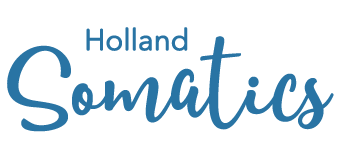Is This Tiger Really Stretching?
Every morning when my dog gets up he does this same pose that the tiger is doing here. But is it really a stretch? If you think about it, stretching is when you reach for something, going beyond the normal range of motion you do in normal everyday activities.
Merriam-Webster defines the word stretch in a few ways:
-to make (something) wider or longer by pulling it
-to put your arms, legs, etc., in positions that make the muscles long and tight
Well, that is indeed interesting. A long muscle, in anatomy language, is the antithesis of tight. A long muscle is considered to be at rest, or relaxed. Of course, Merriam-Webster is far from being Gray’s Anatomy. Yet, it illustrates that some confusion exists in our modern world regarding something as simple as a stretch.
If you carefully watch an animal go into the tiger’s position in the photo, you’ll notice that it is more going into a “pulling together” from head-to-tail along it’s back, rather than a pulling apart which would be a typical stretch, moving toward length. So, is the tiger, in fact, stretching? One might stop and think about it. Could it be contracting the long, muscles of the back, followed by a slow voluntary “letting go” of that tightness? It seems to result in true relaxation, as is often apparent on the face of the animal.
True relaxation would be a very nice response after doing an activity such as stretching, yet for many active stretching results in more tension and/or pain. If you are one of those people, try what the tiger is “really” doing. Bring the two ends of the muscle(s) closer together rather than pulling them apart. If you were to do this with your biceps muscle, for example, you would lie on your back, arms alongside your body, palms up and slowly bend your elbow, lifting your hand up only an inch or two. Then, you’d slowly release that tension by letting your arm/hand come back down for a nice, soft landing, taking about 15-30 seconds. That is how you lengthen your biceps, and it feels good! It also lengthens the muscle so it has more contraction power when you use it, because there isn’t residual background tension being held 24/7 due to repetitive use, etc. As you repeat this move, you’ll actually feel that you can raise your hand with less effort (which means more power). Now, you can feel what the tiger is really doing — contracting and releasing its muscles to keep them in proper working order. Active stretching is quite the opposite.

